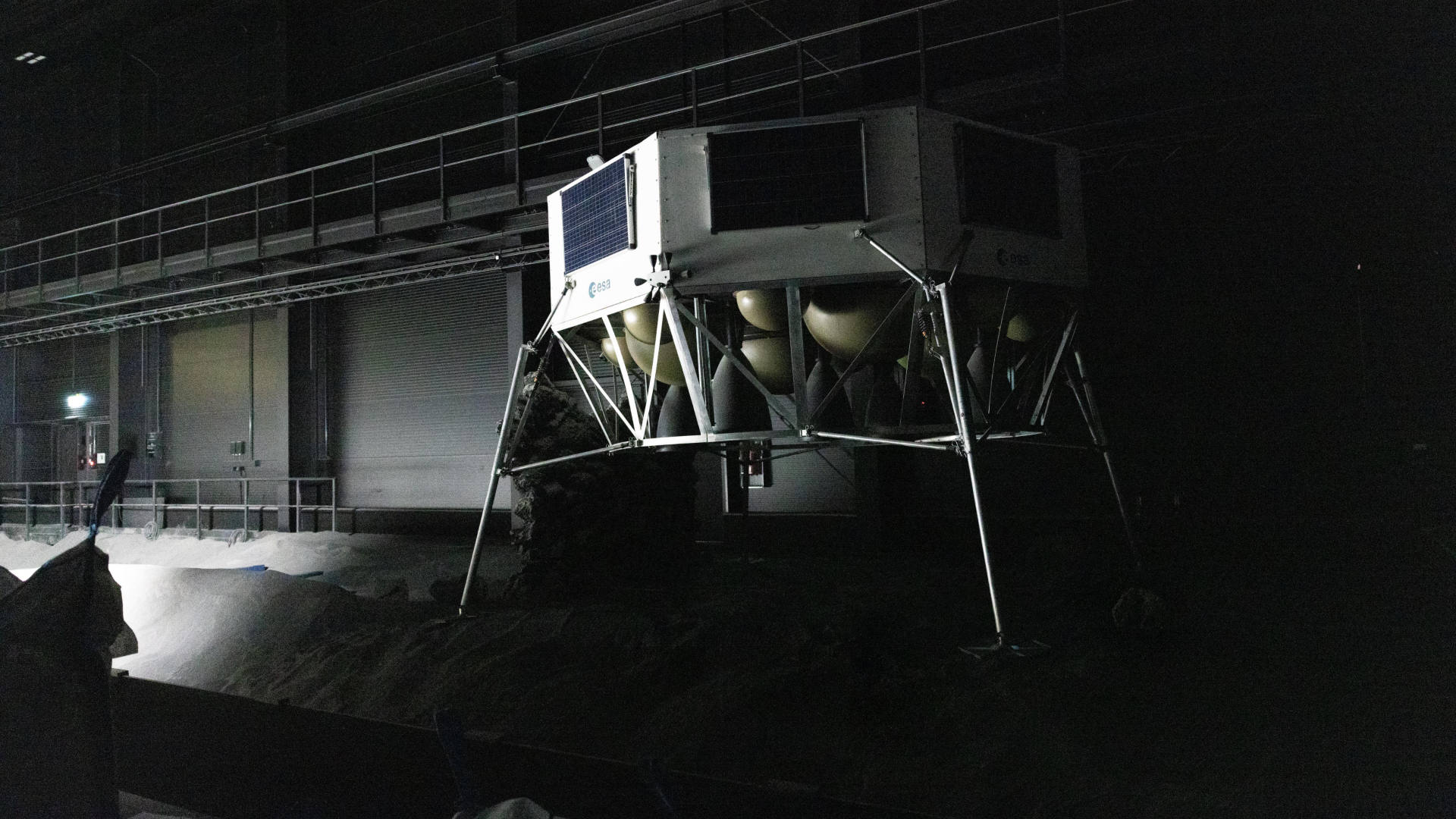NASA Considering Using Pre-flown SpaceX Rockets for Cargo Flights
SpaceX may not be far away from a big milestone — its first mission that involves both a reused rocket and a reused spacecraft.
The California-based company launched a pre-flown Dragon capsule for the first time ever Saturday (June 3), using a two-stage Falcon 9 rocket to blast the robotic craft toward the International Space Station (ISS) on a cargo run for NASA.
So the agency is obviously comfortable with used SpaceX spacecraft, at least on uncrewed flights. And it's now entertaining the possibility of going with used Falcon 9 boosters on future resupply missions as well, NASA officials said. [Launch Photos: SpaceX's 1st Reused Dragon Spacecraft]
"That question has been posed," Ven Feng, manager of the ISS Transportation Integration Office at NASA's Johnson Space Center in Houston, said during a post-launch press conference Saturday.
"We are looking at it," he added. "We're evaluating every aspect of it very carefully, and there is no schedule yet when we might go down that path."
SpaceX is working to develop fully and rapidly reusable spaceflight systems, an advance that founder and CEO Elon Musk has said could spur space exploration by slashing costs. Indeed, reusability is critical to Musk's goal of establishing a million-person city on Mars.
The company has already landed Falcon 9 first stages on 11 separate occasions — including Saturday, when the booster came back to Earth for a pinpoint touchdown at Florida's Cape Canaveral Air Force Station.
Breaking space news, the latest updates on rocket launches, skywatching events and more!
SpaceX has re-flown one of these first stages to date. That milestone came on March 30, during the successful launch of the SES-10 communications satellite. A used Falcon 9 first stage will also help loft the BulgariaSat 1 communications satellite on June 15, company representatives have said.
SpaceX also aims to recover and refly other Falcon 9 pieces as well. In fact, the company was able to recover the payload fairing — the nose cone that protects satellites and other spacecraft during launch — after the SES-10 mission.
"Fairing is ~$5M, but that should be reusable this year. Am fairly confident we can reuse upper stage too by late next year to get to 100%," Musk tweeted on April 7.
The Dragon that blasted off today went to the ISS once before, in September 2014. The first stage that helped launch SES-10 first flew in April 2016, during a different Dragon launch. But there won't always be such lengthy periods between flights; SpaceX aims to streamline the checkout and refurbishment process for used gear, eventually re-launching Falcon 9 first stages within 24 hours of touchdown.
Editor's Note: A previous version of this story stated that the Falcon 9's second stage landed softly in the ocean during Saturday's mission. That was not the case; the stage apparently hit the ocean hard, as planned.
Follow Mike Wall on Twitter @michaeldwall and Google+. Follow us @Spacedotcom, Facebook or Google+. Originally published on Space.com.
Join our Space Forums to keep talking space on the latest missions, night sky and more! And if you have a news tip, correction or comment, let us know at: community@space.com.

Michael Wall is a Senior Space Writer with Space.com and joined the team in 2010. He primarily covers exoplanets, spaceflight and military space, but has been known to dabble in the space art beat. His book about the search for alien life, "Out There," was published on Nov. 13, 2018. Before becoming a science writer, Michael worked as a herpetologist and wildlife biologist. He has a Ph.D. in evolutionary biology from the University of Sydney, Australia, a bachelor's degree from the University of Arizona, and a graduate certificate in science writing from the University of California, Santa Cruz. To find out what his latest project is, you can follow Michael on Twitter.
